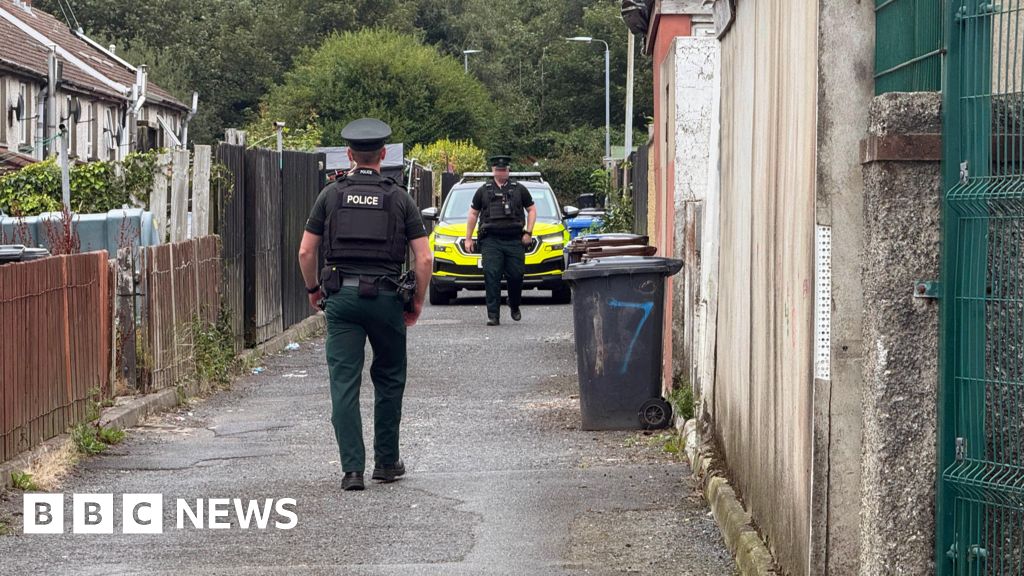Scientists have warned that a new weather phenomenon dubbed the 'firewave' has the potential to devastate UK cities.
As climate change makes summers hotter and drier, there is a growing risk that wildfires will spread within the heart of the UK's biggest cities.
Coined by researchers at Imperial College London, the term firewave describes multiple wildfires simultaneously erupting in urban areas due to prolonged hot weather.
This comes after firefighters in London rushed to battle three separate grass fires in 24 hours, as temperatures reached 33.3°C (91°F) in the capital.
Using data from the London Fire Brigade, fire researcher Professor Guillermo Rein has identified the key factors which drive wildfire outbreaks in the city.
Professor Rein found that just 10 days of extremely dry conditions are enough to significantly increase the chances of multiple fires igniting at once.
Professor Rein told the BBC: 'Once the moisture content of the vegetation drops below a certain threshold, even a small spark can lead to a fast-spreading fire.'
Now, as the UK swelters in the fourth heatwave this summer, Professor Rein warns that London could face another firewave this weekend.
Scientists have warned that a new weather phenomenon dubbed the 'firewave' could devastate UK cities as summers continue to become hotter and drier. Pictured: Firefighters tackle a grass fire on Wanstead Flats, London, on Tuesday
This comes after the London Fire Brigade rushed to fight three separate grass fires within 24 hours, as temperatures reached 33.3°C (91°F) in the capital. Pictured: A fire blazes on Wansted Flats
The term firewave refers to multiple wildfires breaking out in an urban environment. This warning comes after huge gorse fires raged on Arthur's Seat, Edinburgh, this week (pictured)
During prolonged periods of hot, dry weather, the vegetation in cities becomes desiccated enough to catch fire.
However, Professor Rein's research found that it isn't heat or relative humidity which is the best predictor of firewaves.
Instead, the key factor determining whether fires break out is a measure of how much water the atmosphere can extract from the land called the 'vapour pressure deficit'.
The higher the vapour pressure deficit, the faster that vegetation dries out and the greater the risk of wildfires.
Professor Rein says: 'Vegetation doesn't just become a bit more flammable, it becomes much more flammable.'
The conditions which make firewaves possible are now becoming more likely, as human action continues to make the world a warmer place.
'Climate change is bringing more heatwaves and longer dry spells,' says Professor Rein.
'These conditions dry out fuels and increase the risk of wildfires. That risk is much greater now than it was even a decade ago.'
Researchers found that the most important factor for predicting urban wildfires is a measure of how much water the atmosphere can absorb from the land called the vapour pressure deficit. These graphs show vapour pressure deficit against the number of wildfires (left) and the hours the London Fire Brigade spent pumping water for hoses (right)
In 2022, London had four firewaves. This included the busiest day for the London Fire Brigade since World War II on July 19
Professor Rein's research, published in the journal Fire Technology, found that there were four separate firewaves in 2022.
That is compared to just one in 2018, and none in any other year from 2009 onwards.
In 2022, that led to the London Fire Brigade's busiest day since World War II as multiple fires erupted across the city on July 19.
That included a blaze in Wennington, East London, which destroyed 37 buildings, five cars, and forced people to evacuate 88 homes.
This year, an exceptionally warm, dry spring, followed by multiple heat waves, has greatly increased the risk of fires.
The amount of UK land burnt by wildfires had already smashed the all-time record just four months into the year, with 113 square miles having been burned.
This week, fire crews have been battling a large gorse fire raging across Arthur's Seat, Edinburgh, and the risk of further fires remains 'very high'.
Professor Rein says he is concerned that wildfires, once largely limited to rural regions, could now pose a serious risk to urban populations.
The Wennington fires destroyed 37 buildings and five cars after a grass fire spread through an urban area in East London
Scientists now warn that wildfires in urban areas across Europe are likely to become more frequent as climate change makes the conditions for fires to start more common. Pictured: A house burns in the Viseu district, Portugal, yesterday
The researchers argue that the Met Office's definition of heatwaves doesn't reflect the extreme wildfire risk in some cases, and are calling for the Met Office to start using the term firewave
He says: 'I worry about all other UK cities and other northern European cities in particular because climate change seems to be making green vegetation that was not flammable very flammable indeed.
'And these places don't have a history of dealing with wildfires, so don't have as much institutional experience as cities in the south of the continent.'
London Fire Brigade Assistant Commissioner Tom Goodall told Daily Mail: 'The risk of wildfires in London is currently considered as severe.
'Below-average rainfall this year, coupled with high temperatures, also means the chance of fires spreading rapidly when they do occur.'
However, Mr Goodall also stressed that 'the majority' of fires can be avoided if the public behaves 'responsibly'.
The researchers are now calling for the Met Office to adopt the term 'firewave' to reflect the risk of wildfires in the urban environment.
They argue that the current definition of a heatwave does not properly capture the extreme fire risk that occurs in certain weather conditions.
A Met Office spokesperson told Daily Mail: The Met Office provides weather advice to emergency responders during wildfire incidents and advice on potential wildfire conditions to the UK’s resilience community through the Natural Hazards Partnership Daily Hazards Assessment (DHA). But the Met Office has no mandate to provide a public wildfire warning service for the UK, and no such service exists in the UK.'
HOW DO WILDFIRES AFFECT LOCAL TEMPERATURES?
Wildfire smoke lingering in the air can block out the sun enough to cause measurable temperature differences at the surface, even after the flames have died down.
Scientists say the interactions between smoke and the sun’s rays can either cool the air or warm it; when the rays are scattered, the air becomes cooler, while temperatures rise when the rays are absorbed.
Pictured, the San Francisco skyline is obscured by smoke and haze from wildfires behind Alcatraz on Nov. 14, 2018
A study published earlier this year found that the cooling effect can even extend to river and stream temperatures.
Brown carbon, in particular, has been found to have a significant effect, as it is more likely than black carbon to reach higher levels of the atmosphere, according to NASA.
But, the space agency explains, ‘as particulate matter in the atmosphere, both can interfere with solar radiation by absorbing and scattering the sun’s rays.’
Brown carbon is a major product of wildfires, as it’s created when grasses, wood, and other biological material burns.
‘Most of the brown carbon released into the air stays in the lower atmosphere, but we found that a fraction of it does get up into the upper atmosphere, where it has a disproportionately large effect on the planetary radiation balance – much stronger than if it was at the surface,’ Rodney Weber, a professor in Georgia Tech’s School of Earth & Atmospheric Sciences, said last year in a study on the phenomenon.
The graph above shows the amount of sunlight reflected by the landscape after a forest fire in North America (NA), Eurasia (EU), north east Eurasia (NEEU), southern Eurasia (SEU) and northwest Eurasia (NWEU)
Fires can also cause temperatures to drop by transforming the landscape, and increasing a property known as albedo – or the measure of light reflected by a surface.
As vegetation is destroyed in the fires, there is less foliage to absorb the sunlight and its warmth.
Studies in recent years have found that the resulting cooling effect can linger for years, particularly during the winter months.
 (1).png)
 22 hours ago
1
22 hours ago
1

















